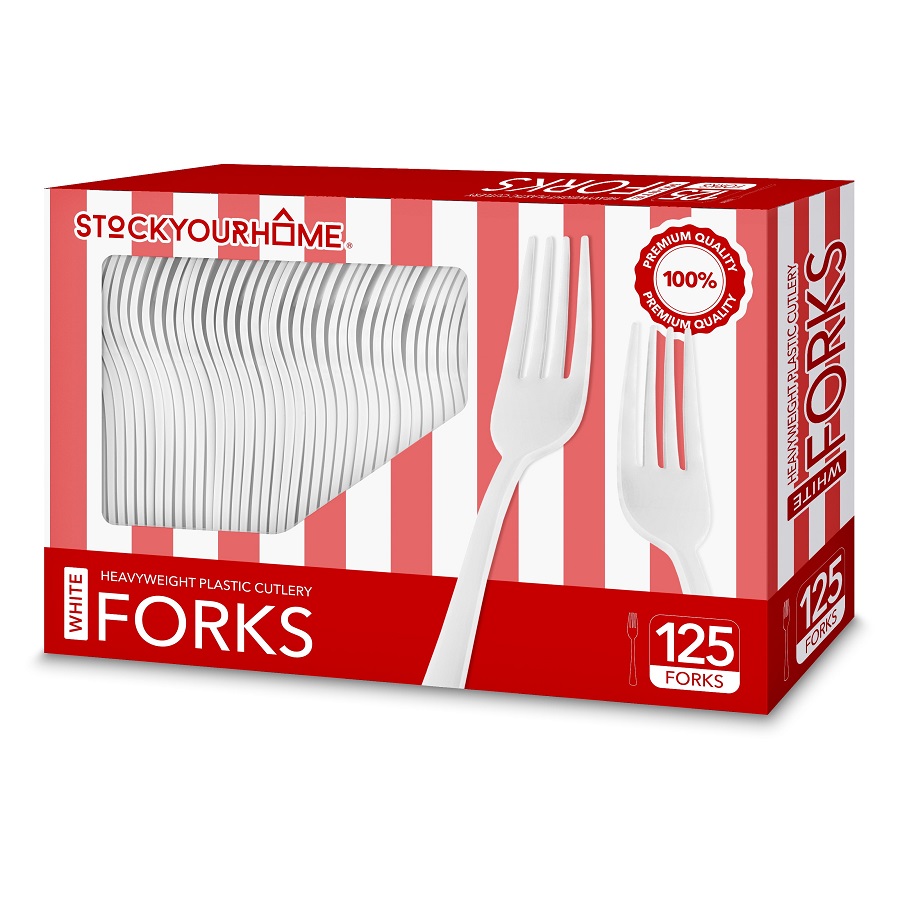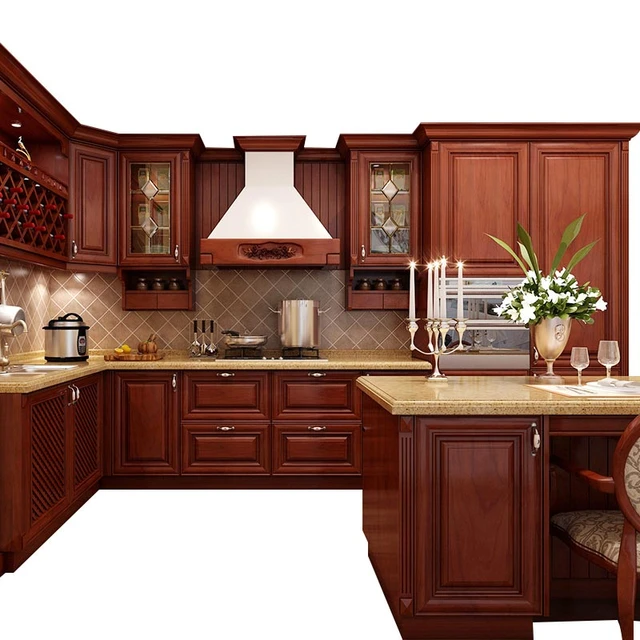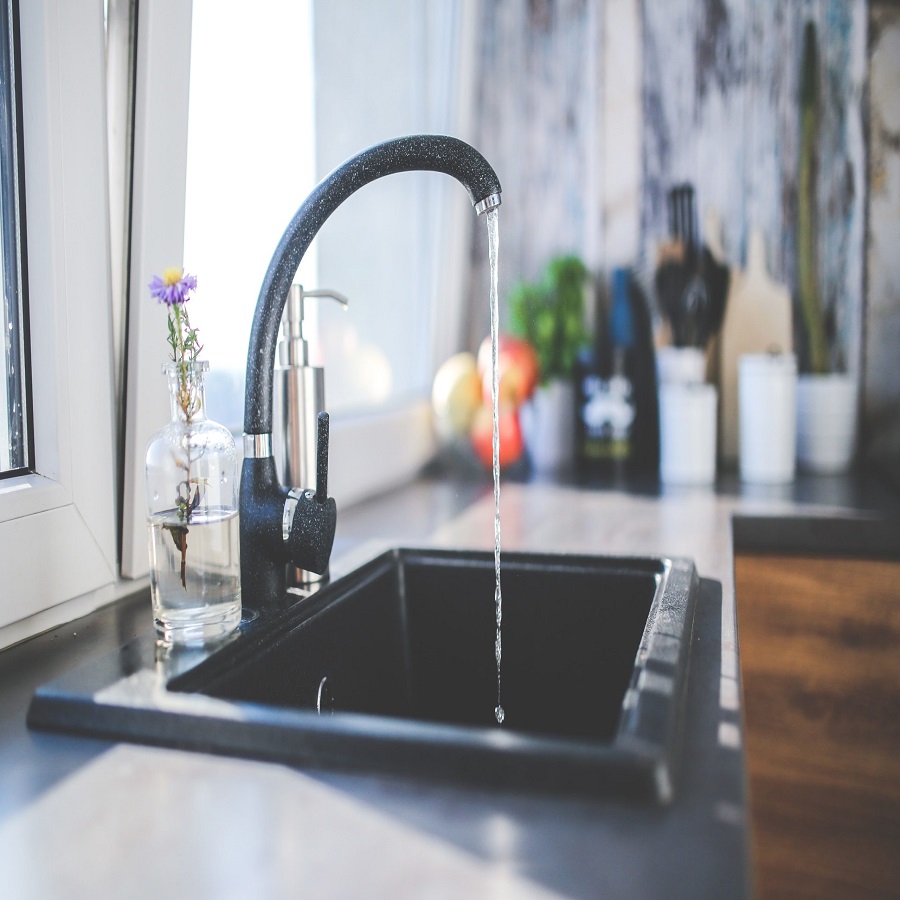
What is standard kitchen counter height
The kitchen is often the heart of the home, a space for cooking, gathering, and creating memories. A key element in this central hub is the kitchen countertop, which serves as a functional workspace and a visual focal point. Choosing the right countertop height is essential for both practicality and aesthetics. While there’s no one-size-fits-all solution, understanding the standard countertop heights and their variations will help you make an informed decision.
The Evolution of Countertop Heights
What is standard kitchen counter height
Over the years, kitchen countertop heights have evolved to reflect changing lifestyles and ergonomic considerations. In the past, countertops were typically designed at a height of 36 inches, a standard that remained relatively consistent for decades. This height worked well for shorter individuals and families, providing a comfortable reach for most tasks.
However, as average heights increased and kitchen designs became more personalized, the need for adjustable countertop heights became more apparent. Today, the standard kitchen counter height is recognized as a range rather than a fixed measurement. This range accommodates diverse body types and allows for customized comfort.
 Understanding the Standard Countertop Height Range
Understanding the Standard Countertop Height Range
The standard range for kitchen countertop heights is between 34 and 37 inches. This range offers a comfortable workspace for most adults, promoting proper posture and reducing strain on the back, neck, and shoulders.
- 34 inches: This height is considered the lower end of the standard range and is well-suited for individuals of average height or those who prefer a closer working distance.
- 36 inches: This is the traditional standard height and remains a popular choice for many kitchens.
- 37 inches: This height is considered the higher end of the standard range and is best suited for taller individuals or those who prefer a more extended workspace.
Factors to Consider for Countertop Height Selection
What is standard kitchen counter height
Choosing the right countertop height for your kitchen goes beyond simply adhering to a standard range. Several factors should be taken into consideration:
1. Your Height and Reach:
- The most crucial factor is your height and reach. Measure your standing height and reach with your arm extended. Ideally, the countertop should be at a comfortable height, allowing you to stand upright without straining your back or neck.
- If you have differing heights in the household, you might consider a compromise height or adjustable options to accommodate everyone comfortably.
2. The Purpose of the Countertop:
- Food Preparation: If the countertop will be used primarily for food preparation, a slightly lower height (around 34 inches) might be preferable for comfortable chopping and prepping.
- Dining and Socializing: If you plan to use the countertop for dining or entertaining, a slightly higher height (around 36 or 37 inches) might provide a more comfortable bar-height experience.
3. Existing Kitchen Layout and Appliances:
- For instance, a countertop that is significantly higher than your oven or dishwasher might create an awkward workflow and require unnecessary bending or reaching.
4. Personal Preferences:
- Ultimately, the ideal countertop height is a matter of personal preference. Some people prefer a higher countertop for better visibility and a more open feel, while others prefer a lower height for a more intimate and comfortable workspace.
 Countertop Height Variations: Embracing Flexibility
Countertop Height Variations: Embracing Flexibility
While the standard range provides a good starting point, you might find that some variations cater better to your specific needs and preferences.
1. Customizable Heights:
- Adjustable Countertop Systems: These systems allow you to adjust the height of your countertop based on your needs and preferences. This is an excellent option for households with varying heights or those who want to experiment with different workspaces.
- Adjustable Legs: Some countertop manufacturers offer adjustable legs for their products, allowing you to customize the height without replacing the entire countertop.
2. Specialized Countertop Heights:
- Island Countertop Heights: Kitchen islands often feature a bar-height counter, typically around 42 inches, which is ideal for casual dining or socializing.
- Breakfast Bar Countertop Heights: Breakfast bars often feature a counter height between 34 and 39 inches, offering a flexible space for both dining and food preparation.
- Workstation Countertop Heights: For specific tasks, such as baking or crafting, you might opt for a higher or lower countertop height to optimize the workspace.
3. Countertop Height Considerations for Specific Needs:
- People with Disabilities: For people with mobility challenges, a lower countertop height can be more accessible.
- Tall Individuals: Taller individuals might prefer a countertop height of 37 inches or higher.
 Some considerations for your own kitchen:
Some considerations for your own kitchen:
Here’s a breakdown of common kitchen countertop materials, their pros and cons, and some considerations for your own kitchen:
Popular Kitchen Countertop Materials:
- Granite:
- Pros: Durable, heat-resistant, scratch-resistant, unique patterns.
- Cons: Expensive, porous (requires sealing), can be cold to the touch.
- Quartz:
- Pros: Extremely durable, non-porous, wide range of colors and patterns, low maintenance.
- Cons: Can be expensive, can be susceptible to scratches from sharp objects, not as natural as granite.
- Laminate:
- Pros: Affordable, easy to clean, wide variety of styles and colors.
- Cons: Not as durable as other options, can be prone to scratches and water damage, edges can chip.
- Butcher Block:
- Pros: Warm to the touch, natural, durable, easy to repair, can be oiled to enhance its beauty.
- Cons: Requires regular maintenance (oilings), susceptible to water damage if not properly sealed, can be expensive.
- Solid Surface (Corian, etc.):
- Pros: Non-porous, seamless, easy to clean, available in a wide range of colors.
- Cons: Can be scratched, susceptible to heat damage, may not be as durable as other options.
- Stainless Steel:
- Pros: Extremely durable, heat-resistant, easy to clean, modern look.
- Cons: Can be noisy, can show fingerprints and scratches, can be cold to the touch.
- Tile:
- Pros: Wide range of styles, colors, and materials, can be cost-effective, easy to replace individual tiles.
- Cons: Requires grout that can stain, grout needs to be sealed, can be difficult to clean.
Factors to Consider When Choosing Your Kitchen Countertop:
- Budget: Countertops range in price from relatively inexpensive laminate to premium granite or quartz.
- Lifestyle: Consider your cooking habits, how much you entertain, and whether you have young children or pets.
- Aesthetic: What style and colors appeal to you? Consider the overall design of your kitchen.
- Durability: Choose a material that can withstand your everyday use.
- Maintenance: How much time and effort are you willing to put into upkeep?
Some of the current trends in kitchen countertops:
Here are some of the current trends in kitchen countertops:
Materials:
- Quartz: Quartz is a popular choice due to its durability, stain resistance, and wide range of colors and patterns.
- Granite: Granite remains a classic choice for its natural beauty and durability. It comes in a vast variety of colors and patterns.
- Marble: Marble is prized for its elegance and unique veining, but it’s more porous and susceptible to stains than other materials.
- Laminate: Laminate is a budget-friendly option that offers a wide range of styles and finishes.
- Butcher Block: Butcher block countertops offer a rustic, natural look and are great for food preparation. They require regular maintenance to prevent damage.
- Concrete: Concrete countertops provide a modern, industrial look and can be customized with various colors, textures, and finishes.
- Recycled Glass: Recycled glass countertops are an environmentally friendly option with a unique look.
Styles:
- Minimalism: Clean lines, simple designs, and neutral colors are hallmarks of the minimalist style.
- Modern: Sleek, geometric shapes, and bold colors are characteristic of modern kitchens.
- Rustic: Wood, stone, and metal elements create a warm and inviting atmosphere in a rustic kitchen.
- Industrial: Exposed brick, concrete, and metal accents are features of the industrial style.
- Transitional: Transitional kitchens blend elements of traditional and modern styles to create a timeless look.
Color Trends:
- Neutral Colors: White, gray, and beige remain popular choices for countertops, creating a clean and versatile backdrop.
- Bold Colors: Darker colors, such as black, navy, and emerald green, are becoming increasingly popular for adding drama and sophistication.
Other Trends:
- Large Slabs: Larger slabs of material, especially granite and quartz, are trending as they create a more seamless and streamlined look.
- Integrated Sinks: Sinks seamlessly integrated into the countertop provide a modern, minimalist aesthetic.
- Edge Profiles: Various edge profiles, such as waterfall edges and ogee edges, add visual interest and sophistication to countertops.
Remember, the best countertop for your kitchen will depend on your personal style, budget, and lifestyle. It’s always a good idea to consult with a kitchen designer or contractor to get professional advice and ensure you choose the perfect countertops for your needs.
 Choosing the Right Countertop Height for Your Kitchen
Choosing the Right Countertop Height for Your Kitchen
What is standard kitchen counter height
Finding the perfect countertop height is a crucial step in creating a functional and comfortable kitchen. By considering your height, reach, the purpose of the countertop, and your personal preferences, you can make an informed decision that optimizes your kitchen experience.
Remember, a countertop is an investment that will be a part of your kitchen for years to come. Choosing the right height will ensure it remains functional, comfortable, and aesthetically pleasing for your needs.



